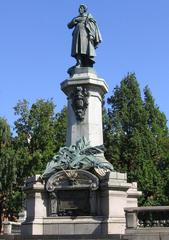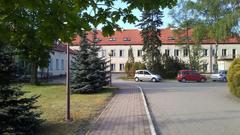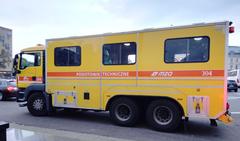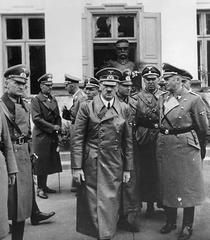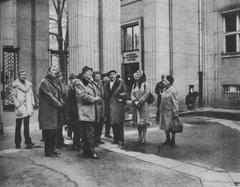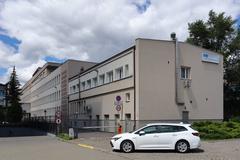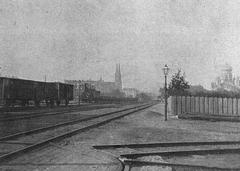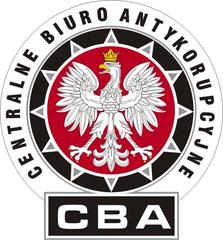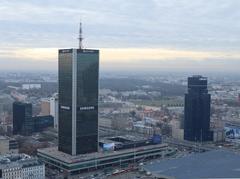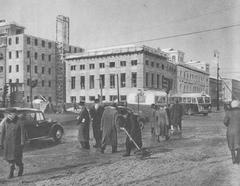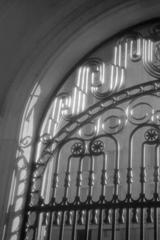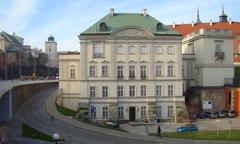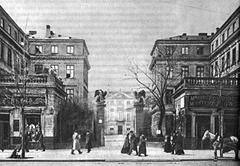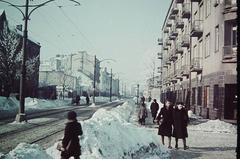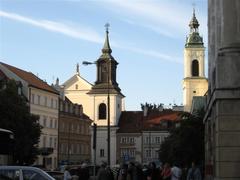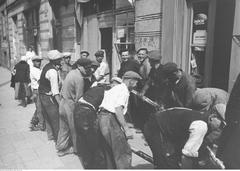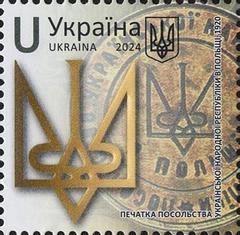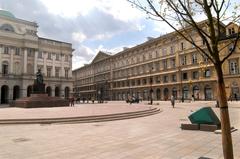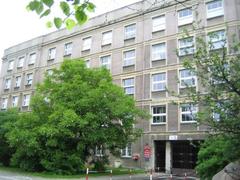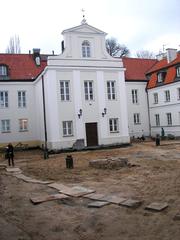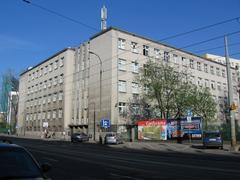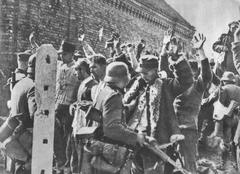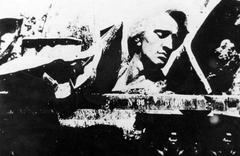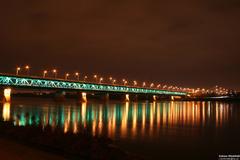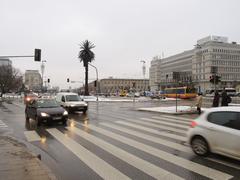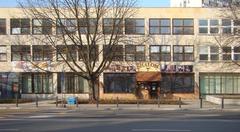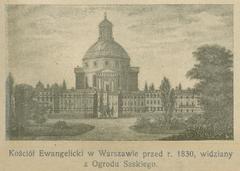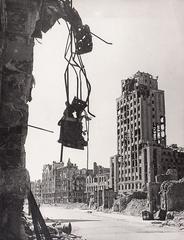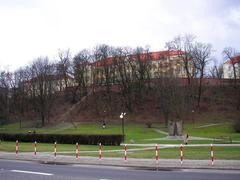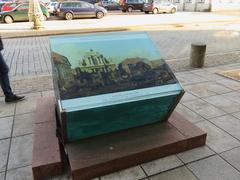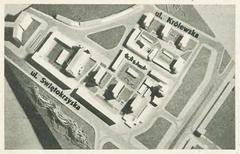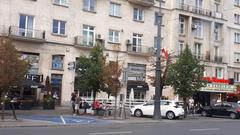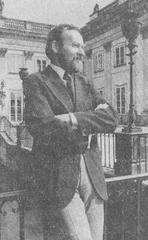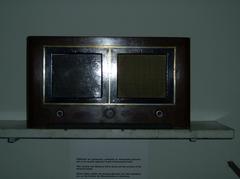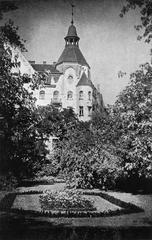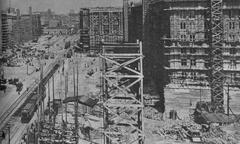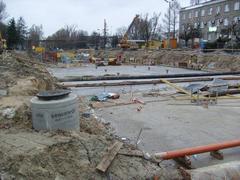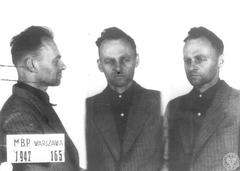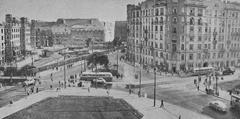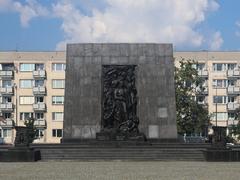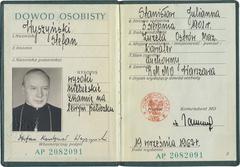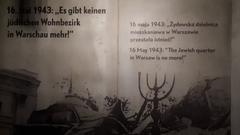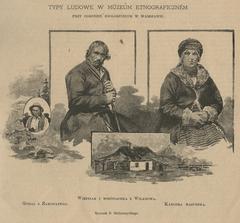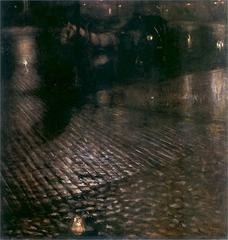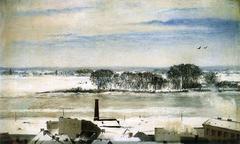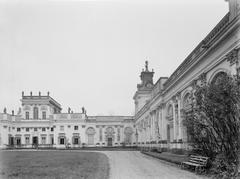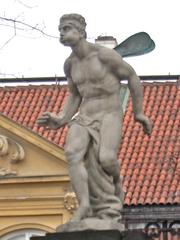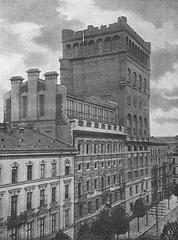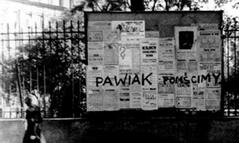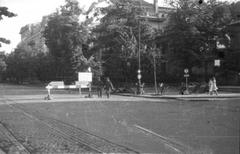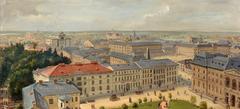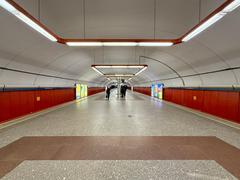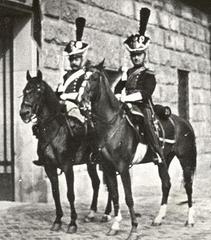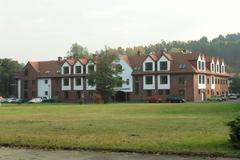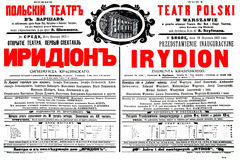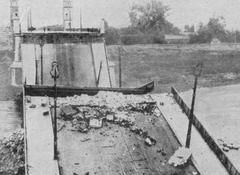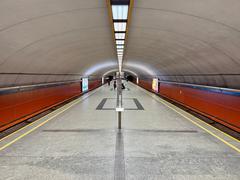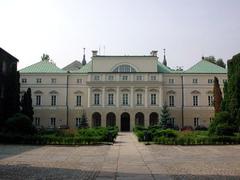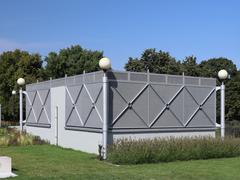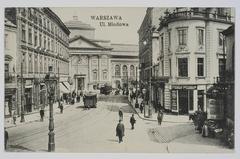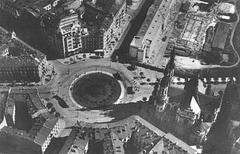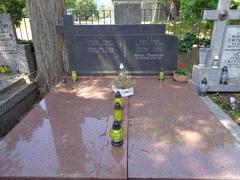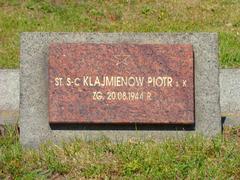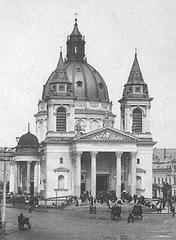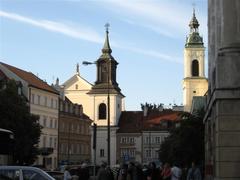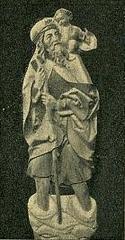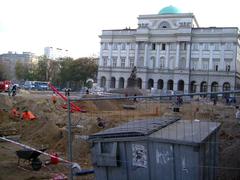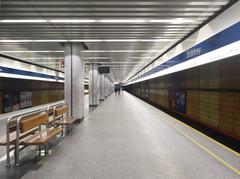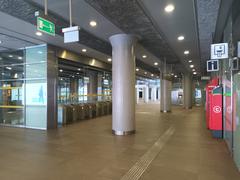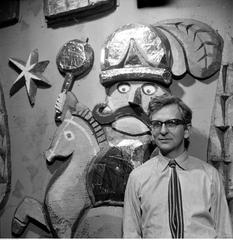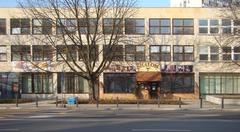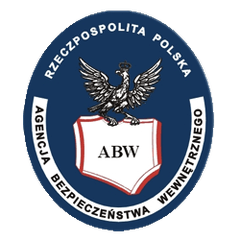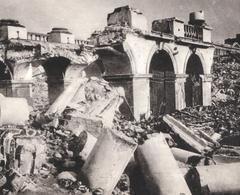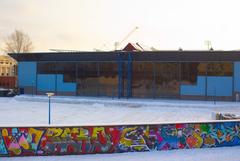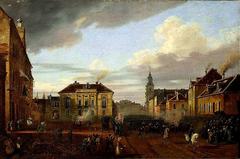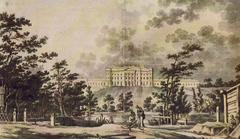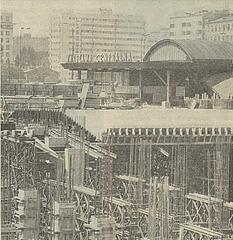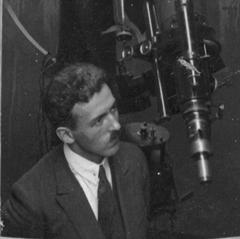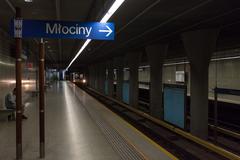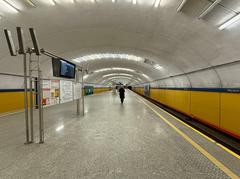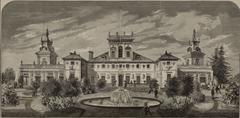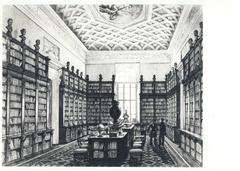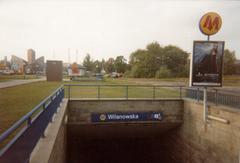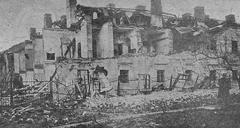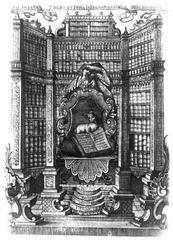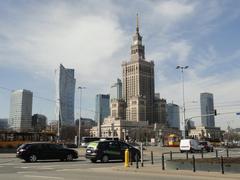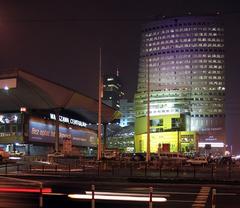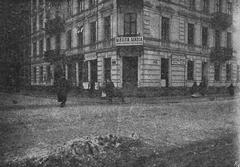
Visiting Miła 18: Hours, Tickets, and Tips for Warsaw’s Historical Site
Published Date: 17/08/2024
Introduction: Discover Miła 18
Miła 18, situated in the Muranów district of Warsaw, Poland, is a site imbued with historical importance. This location served as the epicenter of the Warsaw Ghetto, established by Nazi Germany during World War II. The Warsaw Ghetto Uprising, which initiated on April 19, 1943, was a significant act of resistance against the Nazis. Miła 18 was not just a physical space but a symbol of courage and defiance, as it housed the headquarters of the Jewish Combat Organization (ŻOB), led by Mordechaj Anielewicz (Encyclopedia). The bunker at Miła 18 became a fortress for these brave fighters, who chose to fight until their last breath rather than succumb to oppression (Warsaw Ghetto Museum).
In the post-war years, Miła 18 has been subject to archaeological excavations that have revealed significant artifacts and remnants of the bunker complex. These discoveries have deepened our understanding of the site’s importance and have been crucial in preserving the memory of those who fought and perished there (Warsaw Ghetto Museum). Over time, Miła 18 has also been immortalized in literature, most notably in Leon Uris’s novel “Mila 18” (1961), further cementing its place in historical and cultural memory (Encyclopedia).
Today, Miła 18 stands as a poignant memorial, drawing visitors from around the world who seek to connect with this powerful chapter of history. The site offers a range of educational experiences, from guided tours to special events, all aimed at honoring the memory of the Jewish fighters and ensuring their stories are never forgotten.
Table of Contents
- Introduction
- Historical Background
- Visitor Information
- Nearby Attractions
- Special Events and Tours
- Photographic Spots
- FAQ
- Conclusion
Historical Background
The Warsaw Ghetto and the Uprising
Miła 18 was at the heart of the Warsaw Ghetto, a segregated area where Jewish residents were forcibly confined by the Nazis. The Warsaw Ghetto Uprising, led by the Jewish Combat Organization (ŻOB) and other groups, began on April 19, 1943. It was a significant act of resistance against the deportation of ghetto residents to extermination camps like Treblinka (Encyclopedia).
Miła 18 Bunker
The bunker at Miła 18, located at the intersection of Miła and Dubois Streets, was the headquarters of the ŻOB, led by Mordechaj Anielewicz. On May 8, 1943, after intense fighting, the bunker was surrounded by German forces. Facing inevitable capture and lacking ammunition, Anielewicz and many of his comrades chose to commit suicide rather than surrender (Warsaw Ghetto Museum).
Post-War Excavations and Discoveries
Since June 2022, the Warsaw Ghetto Museum has been conducting archaeological excavations at the site of the former bunker. These excavations aim to uncover more about the history of the Warsaw Ghetto and the uprising. Significant findings include remnants of the bunker complex, such as reinforced walls and corridors, as well as personal artifacts like religious items and kitchenware (Warsaw Ghetto Museum).
The Legacy of Miła 18
The story of Miła 18 has been immortalized in literature, most notably in Leon Uris’s novel “Mila 18” (1961). The novel provides a fact-based account of the heroic resistance of the Jews in the Warsaw Ghetto, highlighting the stark contrast between the well-equipped Nazi forces and the poorly armed Jewish fighters (Encyclopedia).
Visitor Information
Tickets and Visiting Hours
- Tickets: Entry to Miła 18 is free of charge.
- Visiting Hours: The site is open to visitors 24/7, but guided tours have specific times. Check the Warsaw Ghetto Museum website for the latest schedule.
Guided Tours
The Warsaw Ghetto Museum offers walking tours of the excavation site. These tours are conducted in English and provide an in-depth look at the history of the ghetto and the uprising. Tours typically last around two hours and start at the entrance of the Monument at Miła 18 (Warsaw Ghetto Museum).
Accessibility
Miła 18 is accessible by public transport, with bus stops and metro stations nearby. Visitors can reach the site easily from various parts of Warsaw (Travel with Bender).
Nearby Attractions
While in the Muranów district, visitors can also explore other historical sites, such as the POLIN Museum of the History of Polish Jews and the Warsaw Uprising Museum. These sites offer additional context and understanding of Warsaw’s rich and tumultuous history.
Special Events and Tours
Throughout the year, the Warsaw Ghetto Museum organizes special events and commemorations related to the history of the Warsaw Ghetto and the uprising. Check their website for upcoming events and opportunities to participate in unique tours.
Photographic Spots
For photography enthusiasts, Miła 18 offers several poignant photographic spots. The monument at Miła 18, the remnants of the bunker, and the broader Muranów district provide a rich tapestry of historical and emotional significance.
FAQ
Q: What are the visiting hours for Miła 18?
A: The site is open 24/7, but guided tours have specific times. Check the Warsaw Ghetto Museum website for the latest schedule.
Q: Are there any entrance fees for Miła 18?
A: No, entry to Miła 18 is free of charge.
Q: How long do the guided tours last?
A: Tours typically last around two hours.
Q: Is Miła 18 accessible by public transport?
A: Yes, there are bus stops and metro stations nearby.
Conclusion: Key Takeaways from Miła 18
Miła 18 is more than a historical site; it is a sacred space that bears witness to the resilience, courage, and indomitable spirit of the Jewish fighters during one of history’s darkest periods. Visiting Miła 18 provides a deeply moving and educational experience, offering invaluable insights into the atrocities of the Holocaust and the extraordinary acts of resistance against the Nazi regime. The ongoing efforts to preserve and commemorate this site, including archaeological excavations and special events, ensure that the legacy of Miła 18 endures for future generations. This memorial serves as a solemn reminder of the importance of remembering and honoring those who fought for freedom and justice. For more information and to stay updated on events and tours, visitors are encouraged to download the Warsaw Ghetto Museum app or follow their social media channels (Warsaw Ghetto Museum, Jewish Heritage Europe).
References and Further Reading
- Encyclopedia, n.d., Encyclopedia.com source url
- Warsaw Ghetto Museum, n.d., Warsaw Ghetto Museum source url
- Warsaw Ghetto Museum, n.d., Warsaw Ghetto Museum source url
- HistoryHit, n.d., HistoryHit source url
- Wikipedia, n.d., Wikipedia source url
- Jewish Heritage Europe, 2024, Jewish Heritage Europe source url
- Lonely Planet, n.d., Lonely Planet source url
- Further Glory, n.d., Further Glory source url






